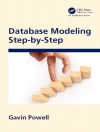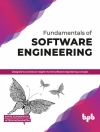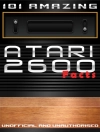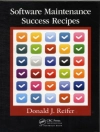The goal of visualization is the accurate, interactive, and intuitive presentation of data. Complex numerical simulations, high-resolution imaging devices and incre- ingly common environment-embedded sensors are the primary generators of m- sive data sets. Being able to derive scienti?c insight from data increasingly depends on having mathematical and perceptual models to provide the necessary foundation for effective data analysis and comprehension. The peer-reviewed state-of-the-art research papers included in this book focus on continuous data models, such as is common in medical imaging or computational modeling. From the viewpoint of a visualization scientist, we typically collaborate with an application scientist or engineer who needs to visually explore or study an object which is given by a set of sample points, which originally may or may not have been connected by a mesh. At some point, one generally employs low-order piecewise polynomial approximationsof an object, using one or several dependent functions. In order to have an understanding of a higher-dimensional geometrical “object” or function, ef?cient algorithms supporting real-time analysis and manipulation (- tation, zooming) are needed. Often, the data represents 3D or even time-varying 3D phenomena (such as medical data), and the access to different layers (slices) and structures (the underlying topology) comprising such data is needed.
विषयसूची
Maximizing Adaptivity in Hierarchical Topological Models Using Cancellation Trees.- The TOPORRERY: computation and presentation of multi-resolution topology.- Isocontour based Visualization of Time-varying Scalar Fields.- De Bruijn Counting for Visualization Algorithms.- Topological Methods for Visualizing Vortical Flows.- Stability and Computation of Medial Axes – a State-of-the-Art Report.- Local Geodesic Parametrization: an Ant’s Perspective.- Tensor-Fields Visualization Using a Fabric-like Texture Applied to Arbitrary Two-dimensional Surfaces.- Flow Visualization via Partial Differential Equations.- Iterative Twofold Line Integral Convolution for Texture-Based Vector Field Visualization.- Constructing 3D Elliptical Gaussians for Irregular Data.- From Sphere Packing to the Theory of Optimal Lattice Sampling.- Reducing Interpolation Artifacts by Globally Fairing Contours.- Time- and Space-efficient Error Calculation for Multiresolution Direct Volume Rendering.- Massive Data Visualization: A Survey.- Compression and Occlusion Culling for Fast Isosurface Extraction from Massive Datasets.- Volume Visualization of Multiple Alignment of Large Genomic DNA.- Model-based Visualization – Computing Perceptually Optimal Visualizations.












